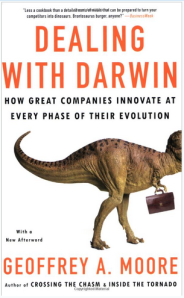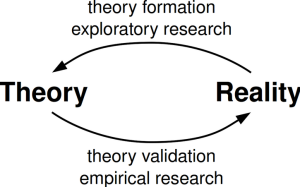 This past weekend I had an extended period of re-reading about the effects of disruption that seems to be occurring across all points of business, our politics, our governments, it seems across our lives.
This past weekend I had an extended period of re-reading about the effects of disruption that seems to be occurring across all points of business, our politics, our governments, it seems across our lives.
I had been looking forward to a nice break up in the mountains of Switzerland, in a place near St.Moritz for five days of some walking, catching up with good friends over some great meals.
The evenings playing different card games or board games, as the temperatures dropped outside to minus six centigrade, the competitive nature raised the inside temperatures significantly. All good plans sometime get disrupted.
Regretfully a few days before, I ‘pulled’ some ligaments around the knee and this rendered the walking to some pretty tame stuff but the company, food and drink seemed to compensated a little I must admit, it eased the pain.
So I had some time on my hands so I decided to go back over the whole area of disruption to get a broader understanding and how this is driving so much within our innovation activity at present.
Disruption is all around us, coming at ever-faster speeds


